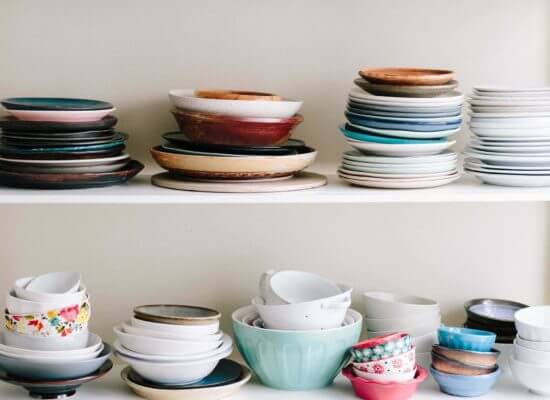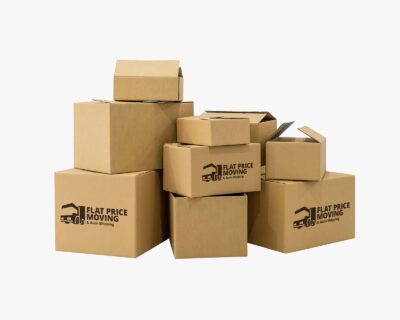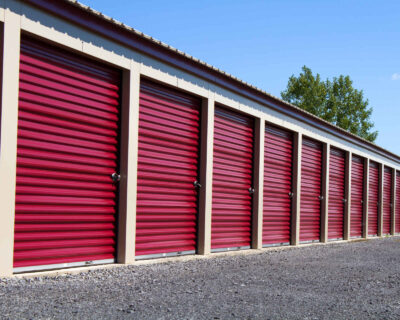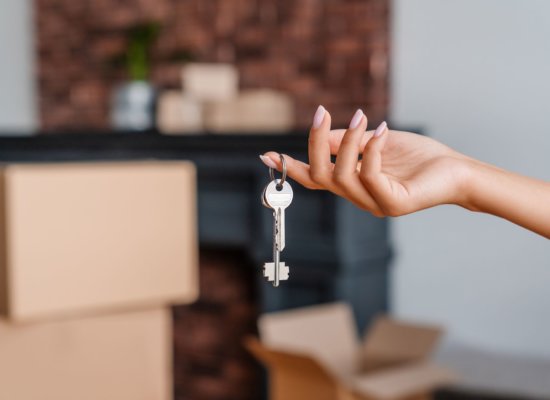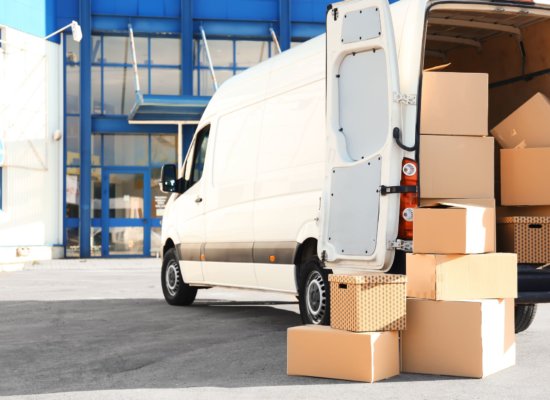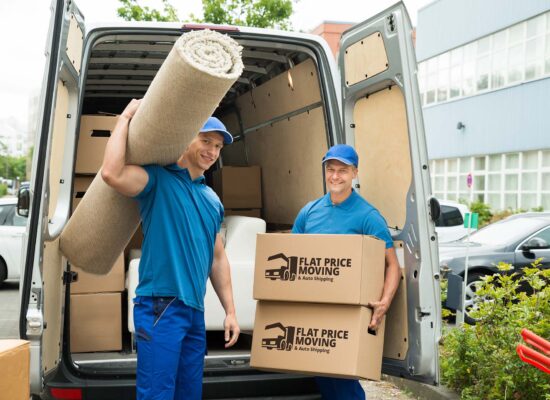How to Pack a China Cabinet for Moving – Ensuring Safe Relocation of Your Valuables
Relocating can be an exciting yet daunting endeavor, especially when it comes to safeguarding delicate items. Figuring out how to pack a china cabinet for moving is essential to ensure the secure transportation of your cherished valuables during the relocation process. Whether you’re relocating across town or across the country, this guide will provide you with expert tips and step-by-step instructions on how to pack china and crystal for moving effectively.
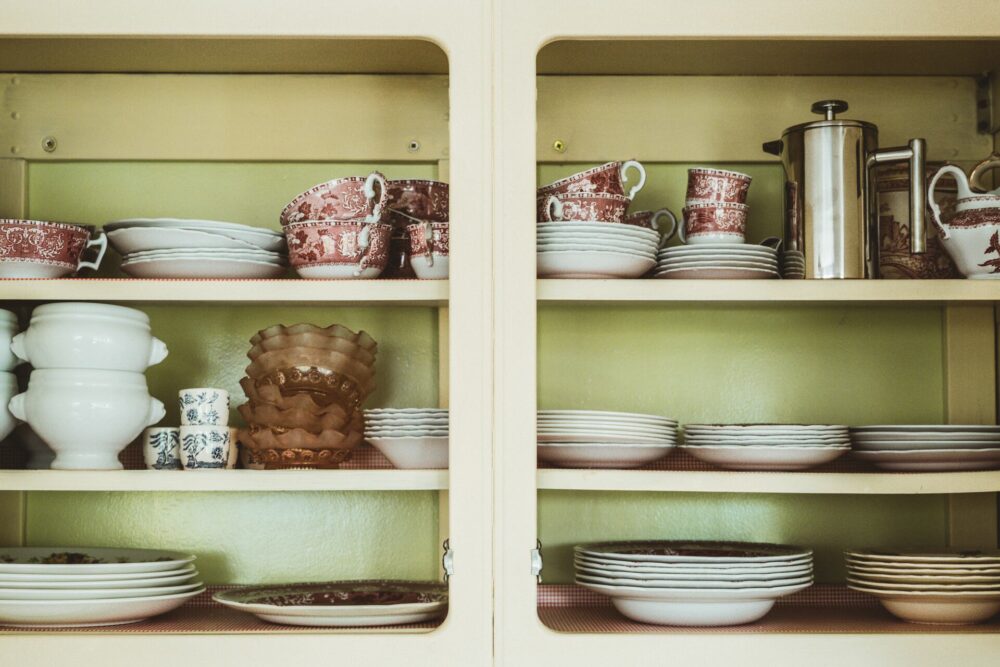
Safeguarding your china cabinet during a move requires emptying it, wrapping delicate parts like glass shelves, and choosing appropriate packing materials. Prioritize disassembly for convenience and protect surfaces from scratches and dents using blankets and padding. Professional movers offer expertise, while costs vary based on distance and services. Careful planning and attention ensure a smooth, damage-free transition for your cherished cupboard.
How to Pack a China Cabinet for Moving: Initial Steps
Before embarking on the task of packing china for moving, it’s essential to lay the groundwork for a successful and efficient relocation process. Begin by decluttering the contents, deciding which items you want to keep and truly wish to transport to your new home. This is an opportune time to assess the condition of each piece and determine if any restorative measures are needed.
Additionally, ensure that you have ample time set aside for this meticulous task, as packing in a hurry might lead to relocation mistakes and potential damage. By approaching the process with patience and a clear plan, you’re already on the path to ensuring the safe move of your valuable fragile items.
Assessing the Contents and Structure of the China Cabinet
Thoroughly examining the contents of your china cabinet is crucial before initiating the packing process. Carefully remove each item, inspecting for any pre-existing damages or vulnerabilities. Take note of fragile components, intricate designs, and items that might require special handling.
Simultaneously, evaluate the structural integrity of the cabinet itself, checking for loose parts or wobbly shelves that could compromise the safety of your belongings during transport. This assessment will guide your packing strategy and help you prioritize the protection of the most delicate pieces.
Gathering Necessary Packing Materials and Tools
Proper packing materials are your best allies in ensuring the security of your delicates. Stock up on the following:
- Sturdy, corrugated cardboard boxes in various sizes to accommodate different items.
- Bubble wrap, foam sheets, and packing paper will provide the necessary cushioning to shield delicate surfaces from potential shocks and vibrations during the relocation.
- Additionally, acquire packing tape, relocation labels, and a marker to seal and clearly identify your packed items.
Having all these different materials on hand before starting to pack will make the procedure more efficient and organized.
Planning the Pathway for Moving the Cabinet
This ordeal involves not only packing its contents but also figuring out how to pack china to ship it to your new home. Consider the dimensions of the cabinet and the pathways within your home. Measure doorways, hallways, and staircases to ensure they can be maneuvered without difficulty. If necessary, clear obstacles and furniture pieces along the route to avoid any mishaps. Planning the movement path ahead of time will help prevent potential damage to both the furniture piece and your surroundings.
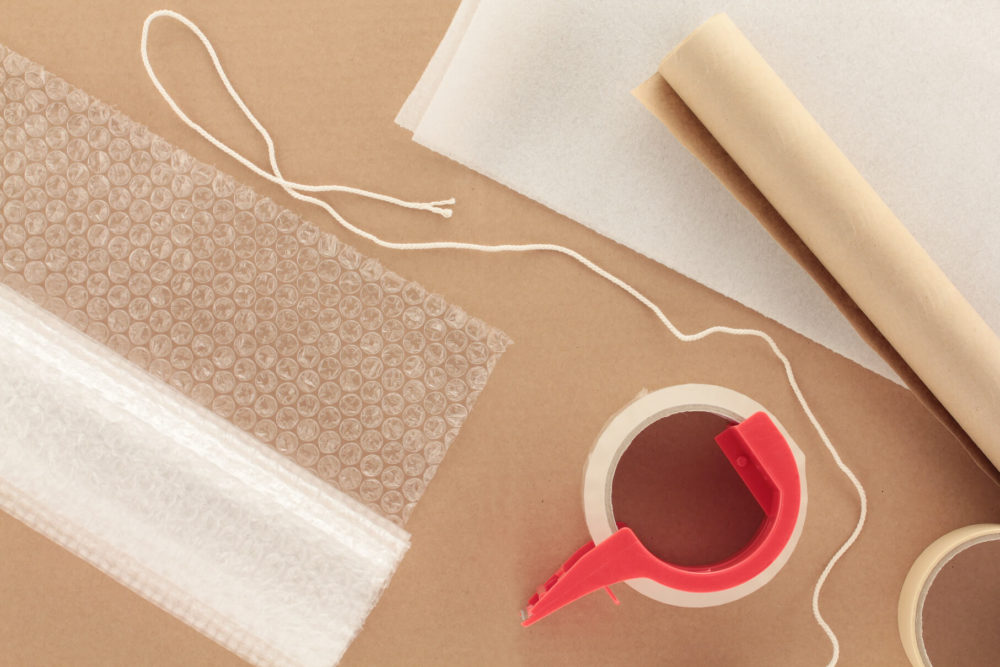
Preparing and Packing the Contents of the China Cabinet
With the preliminary steps completed, it’s time to focus on preparing and packing the delicate contents. This stage requires meticulous attention to detail and a gentle touch to ensure that each item arrives at its new destination unscathed.
Carefully Removing and Wrapping Individual Items
Begin by removing each item one by one. Handle them with care, using both hands to support larger pieces. As you take each item out, immediately wrap it in a layer of bubble wrap or packing paper. For especially delicate or intricate pieces, consider using foam sheets to provide an extra layer of protection. Pay special attention to items with delicate handles, spouts, or decorative elements, as these are particularly vulnerable during transit. Once wrapped, secure the protective layer with tape.
Selecting Appropriate Boxes and Cushioning for Fragile Pieces
Choosing the right type of box for each item is crucial in preventing damage. Select boxes that are slightly larger than the wrapped items to allow space for additional cushioning material. Place crumpled packaging paper at the bottom of the box to create a soft base, and then carefully position the wrapped items inside.
Fill any gaps with more packaging paper to prevent shifting during transport. For especially fragile pieces, consider double-boxing – place the wrapped item in one box and then place that box within a larger one, cushioned with additional protective material.
Labeling Boxes With Content Descriptions
To maintain organization and facilitate an efficient unpacking process, label each box with a clear description of its contents. Use a marker to write a brief overview of the items within the box. This step will save you time when you’re setting up your new space and deciding where each item should be placed. Additionally, mark boxes that contain particularly delicate items as “fragile” to alert movers and anyone handling the boxes to exercise extra caution.
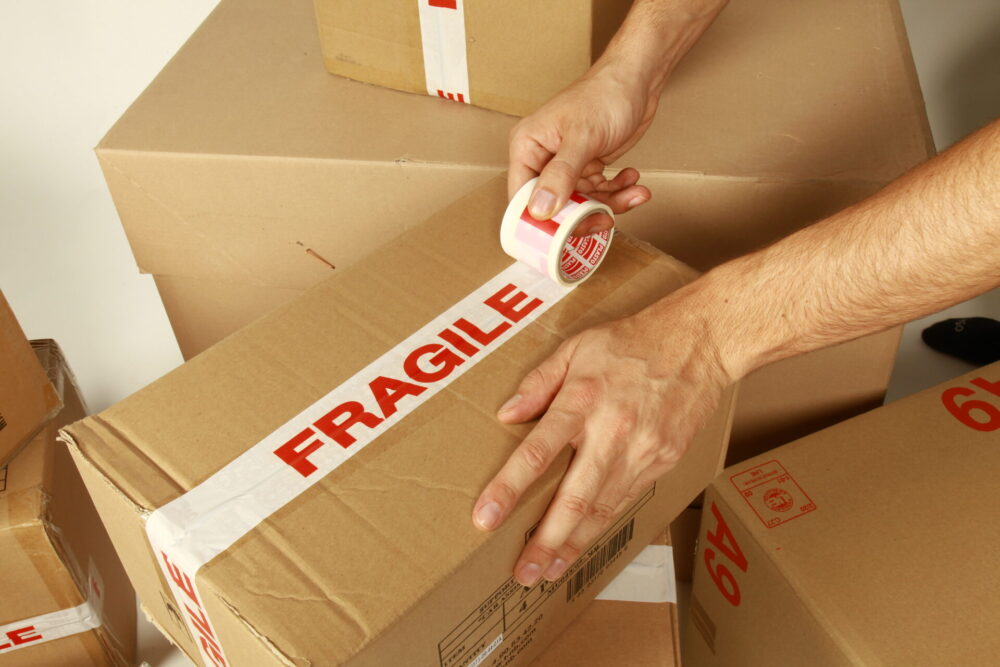
Safeguarding the Structure of the China Cabinet
While protecting your delicates is paramount, ensuring the structural integrity of the cabinet itself is equally essential. By taking the necessary precautions, you can minimize the risk of damage to the cabinet’s framework during the journey to your new residence.
Removing Shelves, Doors, or Other Detachable Parts
Before wrapping the furniture, consider removing any shelves, doors, or other detachable components. These parts are vulnerable to shifting during transport, which could lead to damage. Gently take them off and set them aside in a safe location. Make sure to label or mark each part to indicate its proper position for reassembly. This step will not only prevent potential damage but also make the cabinet easier to handle and pack.
Wrapping the Cabinet in Protective Materials
To shield the cabinet from scratches, dents, and other forms of damage, wrap it securely in protective materials. Start by covering the entire cabinet with relocation blankets or furniture pads. These padded layers act as a barrier against impacts and provide an additional buffer during transit. Secure the blankets in place with tape, ensuring that all surfaces are adequately covered and cushioned.
Securing Loose Parts and Padding Corners
Before moving the wrapped cabinet, take the time to secure any loose parts that you previously removed, such as shelves and doors. Reattach them carefully, making sure they are aligned correctly. Additionally, use extra padding to protect the cabinet’s corners, which are particularly susceptible to dents. Soft foam padding or corner protectors can be secured in place with tape to provide an extra layer of protection.

Considerations for Antique or Custom-Made China Cabinets
When dealing with antique or custom-made china cabinets, special considerations are necessary due to their unique value and construction. Taking these extra precautions will help preserve their beauty and authenticity throughout the relocation process.
Handling Unique Designs or Fragile Elements
Antique or custom-made cabinets often feature intricate designs, delicate carvings, or fragile elements that require meticulous handling. Pay extra attention to these aspects when wrapping and padding the piece. Use soft materials like cotton or microfiber cloths to protect surfaces with delicate finishes, and employ gentle techniques when securing protective layers.
Documenting the Condition and Obtaining Insurance if Needed
Given the potential higher value of antique or custom-made cabinets, it’s advisable to document their condition thoroughly before relocating. Take photographs from various angles, highlighting any existing imperfections. This documentation can serve as evidence should any damage occur during the relocation. Additionally, if your cabinet is particularly valuable, consider obtaining specialized moving insurance to provide financial protection in case of unexpected incidents.
Consulting Professionals for Specialized Packing Services
In the case of antique or custom-made china cabinets, enlisting the expertise of professional moving or packing services can be a wise choice. These professionals have experience handling delicate and valuable items, ensuring that your piece receives the specialized care it deserves. They can provide custom packaging solutions, proper handling techniques, and even moving insurance options tailored to unique requirements.
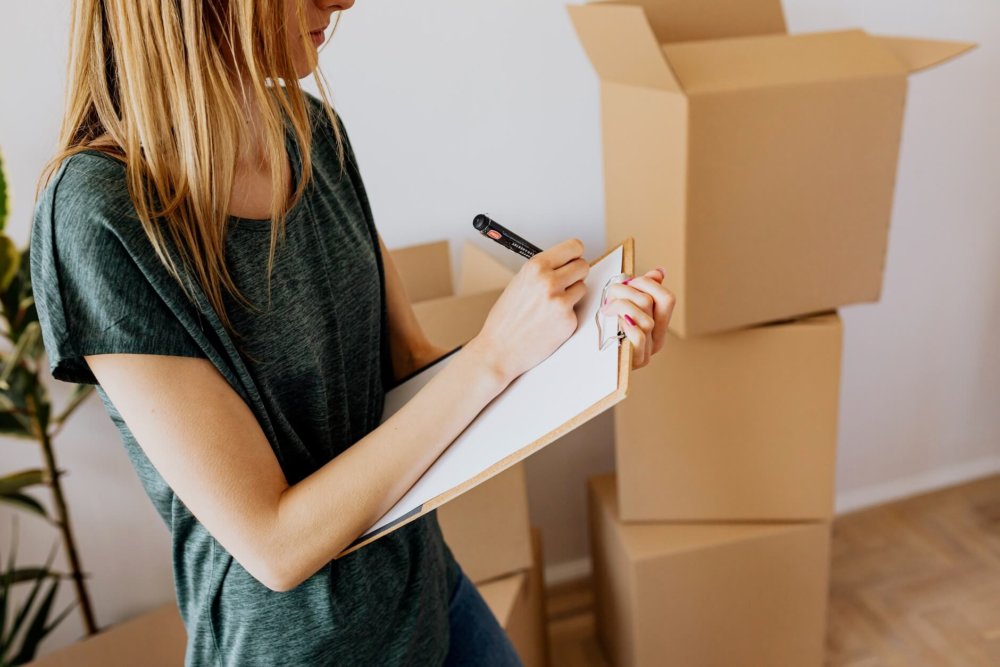
Loading and Transporting the China Cabinet
The loading and transportation phase is the culmination of how to pack china for shipping. Proper techniques and strategic considerations during this stage are vital to ensuring that your cherished cabinets arrive at your new destination in the same condition they left.
Techniques for Lifting and Positioning in the Moving Truck
Loading the china cabinet into the relocation truck requires careful lifting and positioning to prevent strain on both the cabinet and the long-distance movers. If possible, gather a team of helpers to distribute the weight evenly. Lift the cabinet from the bottom, using your legs and maintaining a straight back to avoid injuries.
Once inside the truck, position the cabinet against a sturdy interior wall or furniture pads to provide stability and reduce the chances of shifting during transit. Avoid placing heavy items on top of the cabinet to prevent unnecessary pressure on delicate components.
Securing the Cabinet for Stability During Transit
Securing the cabinet within the moving truck is crucial to prevent it from shifting or tipping during transit. Utilize straps, ropes, or bungee cords to anchor the cabinet securely to the interior wall or other stable furniture. These restraints will minimize movement and absorb shocks, safeguarding your cabinets from potential jolts or abrupt stops. Ensure that the cabinets are snugly fit and won’t move around while the truck is in motion.
Climate Control Considerations if Necessary
For delicate cabinets, especially those made of wood, climate control becomes an important consideration, particularly if you’re relocating in the summer or across varying weather conditions. Extreme temperatures, humidity fluctuations, and moisture can negatively affect the cabinet’s materials, causing warping, cracking, or other forms of damage. If possible, choose a truck with climate control features. Alternatively, you can take measures such as placing desiccant packs or moisture-absorbing materials inside the truck to help regulate the environment.
Unpacking and Reassembling the China Cabinet at the New Location
As the relocation journey concludes and you reach your new location, the process of unpacking and reassembling cabinets awaits. This stage requires the same level of care and attention as the packing process to ensure that the cabinets and their contents transition seamlessly into their new surroundings.
Careful Unwrapping and Inspection
Begin by carefully unwrapping the protective materials. Take your time to unwrap each layer, ensuring that no adhesive or residue is left behind that could mar the cabinet’s finish. As you unwrap, inspect for any signs of damage that might have occurred during the relocation. If you documented the cabinet’s condition prior to relocating, compare it to those records to identify any new issues. This careful inspection will allow you to address any potential problems promptly.
Reconnecting Shelves, Doors, and Other Parts
If you detached any shelves, doors, or other parts before the relocation, now is the time to reattach them. Use the labels or markings you made earlier to ensure proper alignment and assembly. Take your time during this process to avoid forcing any pieces into place, as this could cause damage. Double-check that all screws, hinges, or other fasteners are securely tightened. Reassembling the cabinets meticulously will restore their functionality and appearance.
Arranging the Contents Back Inside the Cabinet
Once the cabinets are fully reassembled, it’s time to carefully arrange the contents back inside. Refer to the labeling you did when you packed to guide you in placing items where they belong. Consider the aesthetic and functional arrangement of the items, ensuring that fragile pieces are well-supported and that the cabinet’s weight is distributed evenly. Take your time with this step to arrange your items in a way that both showcases their beauty and ensures their safety.
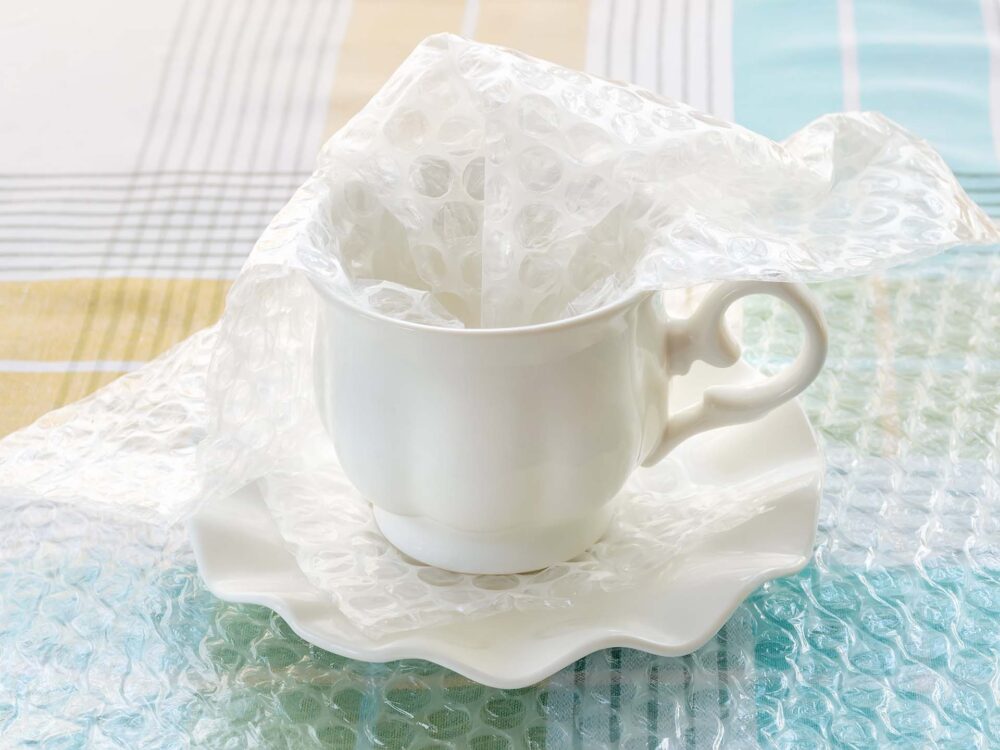
Get Cross-Country Movers to Help You With the Heavy Lifting
When faced with the task of relocating large and fragile items like cabinets, especially across long distances, hiring cross-country movers can provide invaluable support for the heavy lifting involved. These professional providers of long-distance moving services specialize in efficiently and safely transporting your belongings.
With their experience, specialized equipment, and trained personnel, an auto transport company can navigate the complexities of loading, transporting, and unloading your cabinet with precision and care. The expertise of a car shipping company ensures that your prized possessions are properly packed, securely loaded onto the truck, and safely delivered to your new location, allowing you to focus on other aspects of your move with confidence.
Auto-Transport
If your first concern is having your vehicle transported safely and efficiently, enclose shipping is the way to go.
Read morePacking Services
Our moving teams are trained to pack your belongings in the most efficient manner possible.
Read moreStorage Service
Knowing what kind of surprises cross country move may hold, we offer 30 day free storage for belongings at the origin state.
Read moreSafeguarding Your Treasures Through a Thoughtful Move
Safeguarding your treasures when relocating is a meticulous process that demands careful planning, attention to detail, and a commitment to preserving the beauty and sentimental value of your cherished items.
Whether it’s delicate china, antique furniture, or custom-made pieces, each step – from assessing and packing to loading – plays a vital role in ensuring a smooth and stress-free transition to your new location. Of course, choosing a reliable long-distance moving company always helps. Contact us today at Flat Price Auto Transport and Moving, and allow us to take care of every aspect of your move.
FAQ
Can I Leave Items Inside the China Cabinet While Moving?
It’s generally recommended to empty the cabinets before relocating to prevent damage to both the cabinets and their contents.
How Do I Handle Glass Shelves or Doors During Packing?
Use bubble wrap or foam to individually wrap glass shelves or doors, securing them against potential breakage.
What Types of Packing Materials Are Best for a China Cabinet?
Sturdy boxes, bubble wrap, packing paper, foam sheets, and furniture pads are ideal for protecting cabinets.
How Do I Choose the Right Moving Company for Moving a China Cabinet?
Look for experienced movers with expertise in fragile items, positive reviews, insurance options, and clear pricing. Make sure to check if the company is legitimate on sites like the Better Business Bureau.
Should I Disassemble the China Cabinet Before Moving?
If possible, disassembling detachable parts can make relocating easier and safer.
How Do I Protect the China Cabinet From Scratches and Dents?
Wrap the cabinet in protective materials like relocation blankets and secure corners with padding.
What if the China Cabinet Doesn’t Fit Through the Doorways?
Measure doorways beforehand. If the cabinet doesn’t fit, consider removing doors or disassembling the cabinet.
How Do I Secure the China Cabinet in the Moving Truck?
Use straps, ropes, or bungee cords to anchor the cabinet securely against interior walls to prevent shifting.
Can I Move a China Cabinet by Myself, or Should I Seek Professional Help?
Due to its weight and fragility, it’s recommended to seek professional help or assistance from a team of helpers.
How Much Does It Typically Cost to Move a China Cabinet?
Costs can vary based on distance, relocation company rates, additional services, and insurance. Get quotes for accurate estimates.
